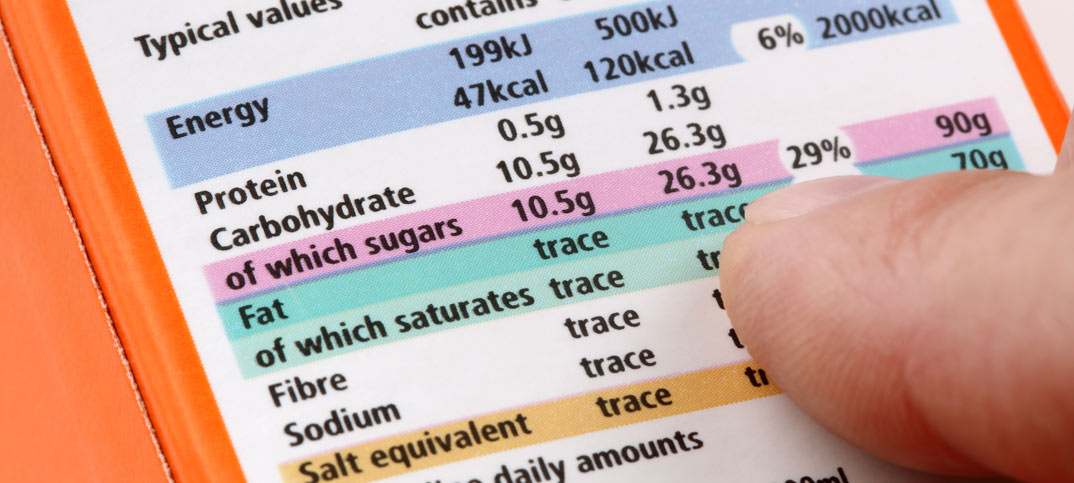 Just prior to Easter the UK’s Food Standards Agency (FSA) unveiled its latest initiatives that will affect how the manufacturers of treats develop products for local shops.
Just prior to Easter the UK’s Food Standards Agency (FSA) unveiled its latest initiatives that will affect how the manufacturers of treats develop products for local shops.
Portion-sizes for single serves was firmly in the front line as the agency targeted chocolate, soft drinks and biscuits. Its recommendations, based on a public consultation, are the starting gun of the next phase in tackling obesity.
The FSA is asking manufacturers to “make smaller single portion sizes more easily available for chocolate confectionery and soft drinks”. It suggests 250ml servings of soft drinks, which may unwind the industry’s investment in moving people from 330ml cans to 500ml screw top plastic bottles.
It wants a 10% reduction in saturated fat in filled chocolate bars. Proposals for savoury snacks will follow in the summer.
Unlike salt, which can be reduced gradually, removing fat from foods means changing the recipe. Big manufacturers have invested millions in making their products “better for you”.
However, it is again the area of portion control that will cause a greater impact. At the bottom line, people have to change their behaviour and eat less.
While products may be designed with a clear portion size in mind, it is impossible to put them in straightjackets. For example, if a 40g chocolate bar sells at 60p and a 100g bar is on offer at 99p, what is the risk of shoppers trading up and over-eating?
In planning your product ranges, it is probably not too early to start thinking about how much “better-for-you” stock you will make available for shoppers. Even if it is only 2% of your total stock-keeping units, this category is probably worth promoting loudly.
It is also probably worth investing in some product training for you and your team, so you understand what all the traffic lights and other product information printed on the packaging really means.



Comments
This article doesn't have any comments yet, be the first!